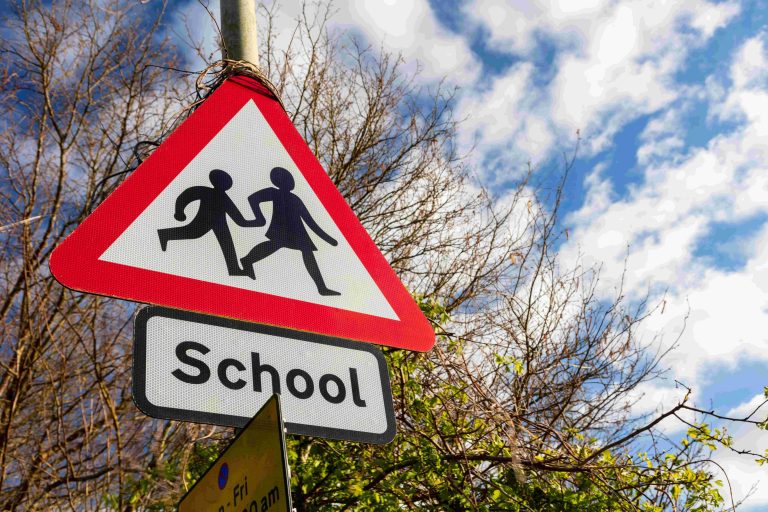Managers and owners of small and medium manufacturing companies often juggle a wide range of job functions without help or assistance. One of those responsibilities, which will probably be near the top of the list of priorities, is workplace Health & Safety.
Safeguarding staff and others from risk of injury is, of course, a legal duty. The statistics are still sobering, according to the Health & Safety Executive (HSE) in the last 5 years on average:
- 22 workers died
- 3,100 suffered a major injury and,
- 4,100 injuries resulted in absence of 7 days or more.
On top of this, an estimated 33,000 workers suffer from an illness caused by a Health & Safety failure.
The challenge can also be business-critical as safety failings can result in the closure of smaller firms given the much tougher penalties being handed out for breaking Health & Safety regulations.
Awareness and understanding of Health & Safety law is all-important. So, what are the most common risks in a manufacturing environment?
Asbestos
Manufacturing buildings often contain asbestos materials. Businesses have a duty under the Control of Asbestos Regulations 2012 to manage asbestos within their buildings and plant.
Asbestos materials should be identified and suitably managed, for example, by being removed or enclosed.
Fire and Explosion Risks
Manufacturing premises may have fire risks as they typically:
- Store highly flammable materials.
- Handle processes that generate explosive atmospheres.
The Regulatory Reform (Fire Safety) Order 2005 does not set out what fire equipment should be installed. It does though require assessment of fire risk and steps to reduce it “so far as reasonably practicable”. This usually requires installing and maintaining fire alarms and emergency lighting. It may also include sprinklers, smoke venting and dry or wet risers.
If explosive atmospheres exist the Dangerous Substances and Explosive Atmospheres Regulations (DSEAR) 2002 require risks be assessed, explosion risk areas separated and controls installed.
Storing and Handling Hazardous Chemicals
Most manufacturers store and handle hazardous substances. Where large quantities are involved there may be serious health, safety and environmental issues. Weighty regulations apply where sites are subject to the:
- Control of Major Accident Hazards (COMAH) Regulations 2015.
- Planning (Hazardous Substances) Regulations 2015.
Businesses handling large quantities of hazardous substances must comply with regulatory notification requirements, obtain relevant permits or consents and update the “Safety Report”.
Sites producing, using or storing lots of dangerous substances must take steps to prevent major accidents and limit harm to people and the environment. They should have robust emergency procedures and make sure leaks cannot escape site boundaries.
Storage and handling affects fire and explosion risks.
Machinery and Plant
Nearly 20% of manufacturing fatalities are caused by contact with moving parts of machines. The Provision and Use of Work Equipment Regulations (PUWER) 1998 require equipment is adequately guarded.
Equipment used to lift things must be regularly inspected and maintained under the Lifting Operations and Lifting Equipment Regulations (LOLER) 1998.
Electrical
Electrics must be maintained under the Electricity at Work Regulations 1989. British Standard BS 7671 provides a detailed inspection of electrical wiring should be carried out in manufacturing premises every three years.
Similar issues arise with gas and water. Water distribution and cooling systems may require detailed Legionella management.
Occupational Health
Potential health hazards in manufacturing include:
- Airborne hazardous chemicals
- Industrial noise
- Vibration
- Ionising radiation
- Exposure to chemicals
Specific exposure limits and other management requirements are set out in the following legislation:
- Control of Substances Hazardous to Health (COSHH) Regulations 2002.
- Control of Noise at Work Regulations 2005.
- Control of Vibration at Work Regulations 2005.
- Ionising Radiations Regulations 1999.
High-Risk Activities
Activities with very high risk to workers such as working at height or in confined spaces have stricter regulatory controls under the following:
- Work at Height Regulations 2005
- Confined Spaces Regulations 1997
Regulatory Enforcement
The Health and Safety Executive may prosecute or take enforcement action if it believes Health & Safety management is inadequate.
Accidents
Certain accidents, ill health and dangerous events must be reported to authorities under the Reporting of Injuries, Diseases and Dangerous Occurrences at Work Regulations (RIDDOR) 2013.
How We Can Help
Ellis Whittam make simple sense of the law.
We help directors and managers understand and keep on top of their many Health & Safety duties. In fact, we have so much confidence in our fixed fee, unlimited support service that we can act as one of your legally required Competent Persons. And if you don’t know what that role involves, then you really do need to speak to us!








